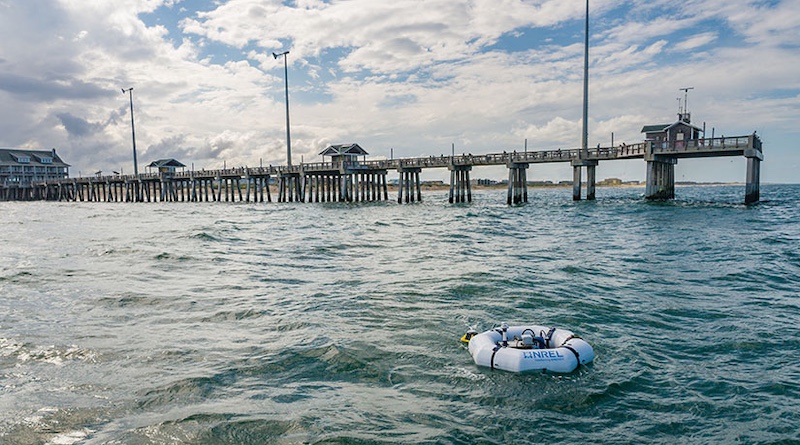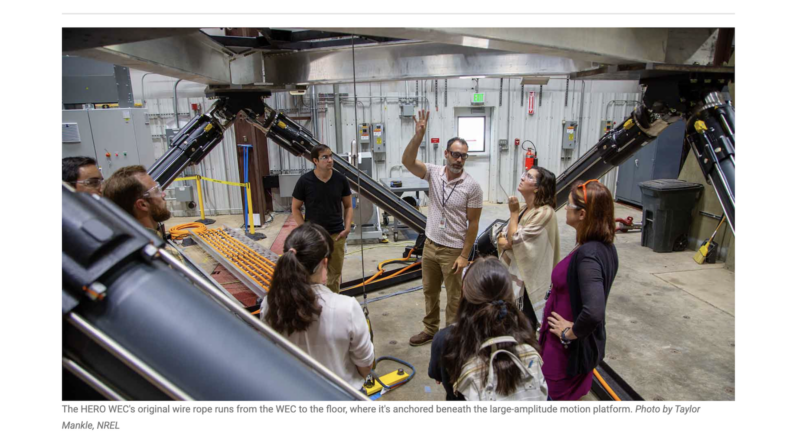Solar Panels Give Edge to Tomatoes Grown Underneath
Science Sometimes Ends With a Taste Test Experiments lead to a greater understanding, deeper insights, and sometimes they even bear fruit. That was certainly the case last summer at the U.S. Department of Energy’s National Renewable Energy Laboratory (NREL), where researchers nurtured a dozen tomato plants. Tucked into a corner … [continued]










